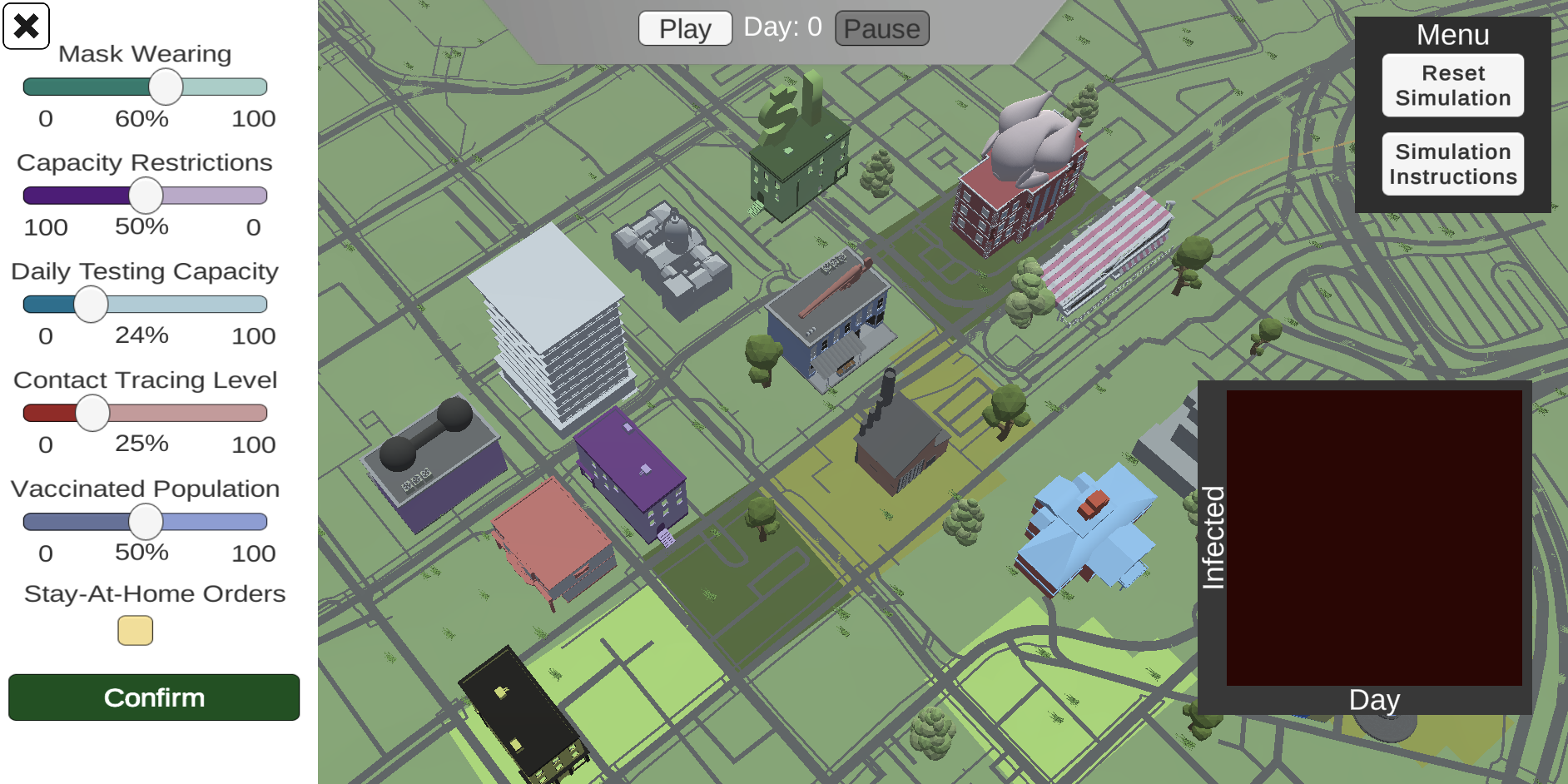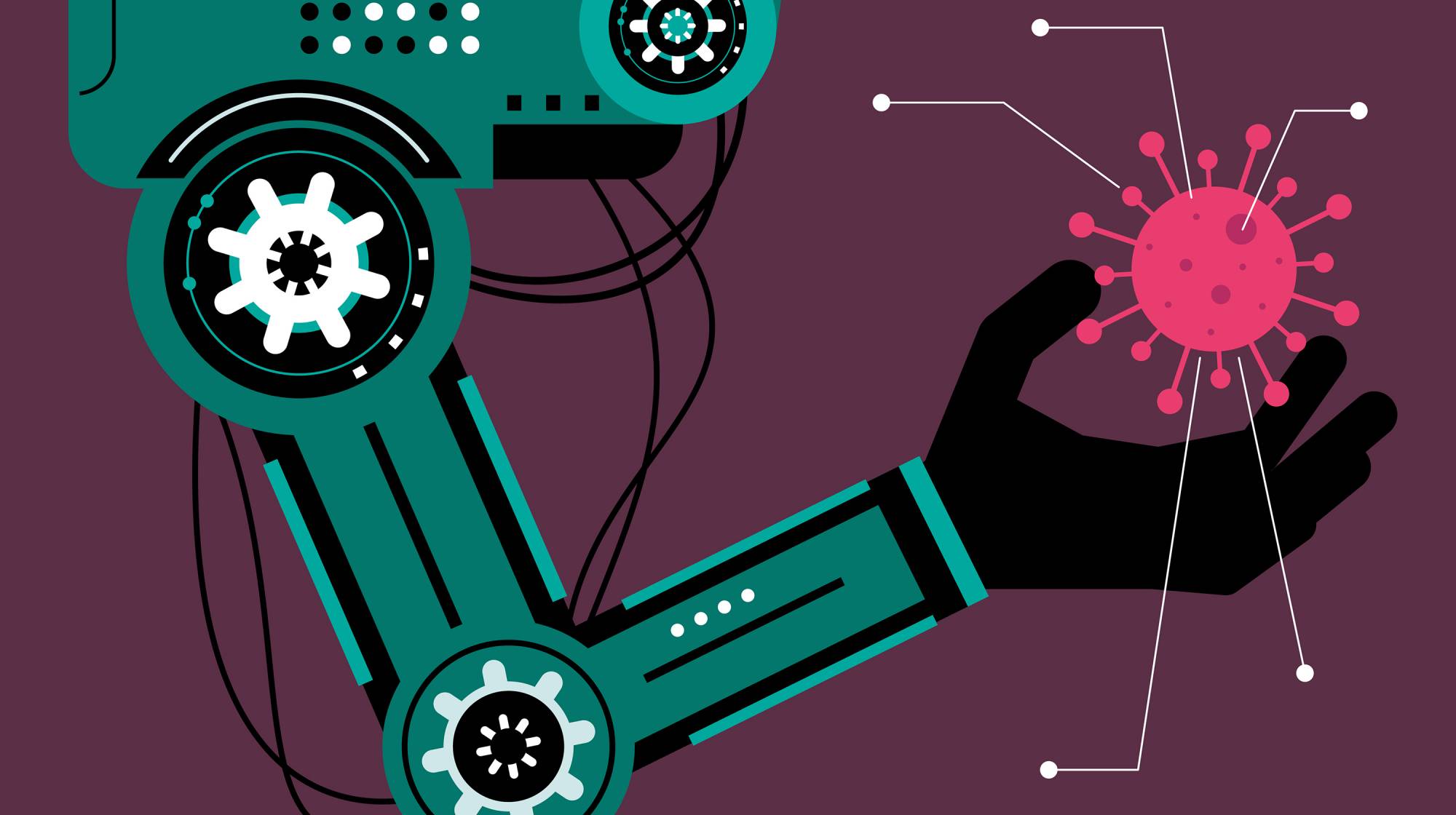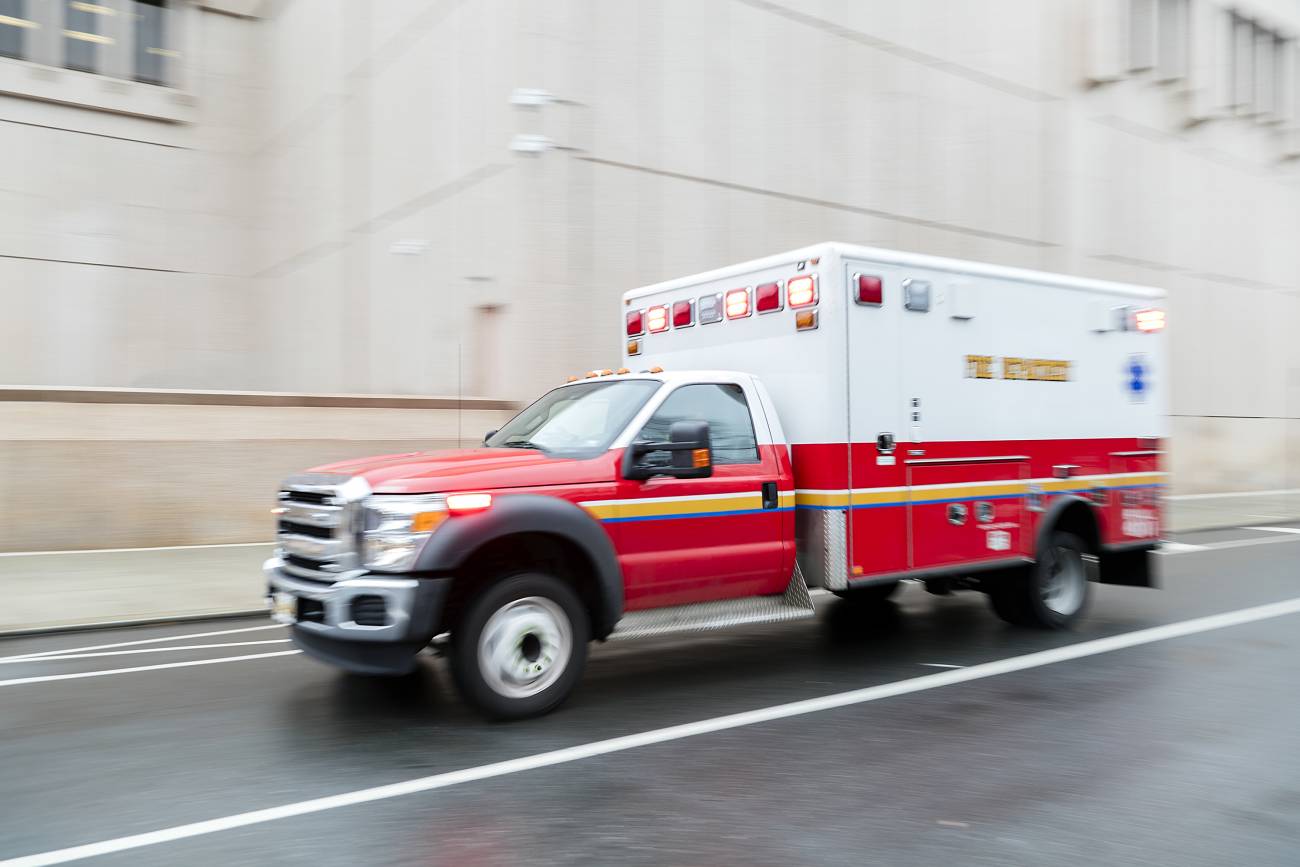Using a novel, comprehensive methodology, a team led by John C. Malone Assistant Professor of Civil and Systems Engineering Kimia... Read More
Researchers
Related Projects
Automation of Drive-Thru Testing for COVID-19
Improving automated drive-thru COVID-19 testing without exposing medical personnel.
Contagion Airborne Transmission inequality
A mathematical model to estimate the risk of airborne transmission of COVID-19, inspired by the Drake equation
Deep Learning to Identify COVID-19 in Chest X-rays
A deep learning model to identify signs of COVID-19 in chest X-rays.
Emergency Medicine COVID-19 Modeling and Data Analytics
Data-driven tools and modeling to support Emergency Department (ED) physician disposition decision-making for PUI/COVID patients.
Face Mask Simulations
Using physics based modeling and simulations of aerodynamics and fluid-structure interaction to characterize the performance of commonly used face masks.
Facilitating Machine Learning Research to Inform Coronavirus Response
A machine readable dataset related to socioeconomic factors that may affect the spread and/or consequences of epidemiological outbreaks, particularly the novel coronavirus (COVID-19).
Imaging and Analytics for COVID-19 Detection, Diagnosis, and Monitoring
Improved detection of COVID-19 from computerized tomography (CT) scans and chest radiography.
Operational Optimization during COVID-19
Utilizing optimization and data analytics to find the best resources allocation (clinical staff, ventilators, PPE, etc.) among different hospitals.
Patient Hood to Reduce Exposure of Critical Care Personnel
A low-cost patient hood that provides access to COVID-19 patients while reducing the risk of infection for critical care personnel.
Predicting Covid-19 Severity with Clustering Techniques
Detecting clusters of people with similar comorbidities and demographic characteristics that may have similar symptoms of Covid-19, and predicting COVID-19 severity in each cluster.
Social Media for Public Health: COVID-19
How can we use social media data to prevent the spread of COVID-19? Possible applications include the combating of misinformation, supporting messaging from public health organizations, and tracking information about the ongoing COVID-19 pandemic.
Surveilling the Impact of COVID-19 on Mental Health in the General Population
A multidisciplinary project (psychiatry, computer science, and business) to capture data on mental health and economic impacts of the pandemic.
Teleoperated In-ICU Robotics to Reduce Exposure of Critical Care Personnel
A new robotic system to help hospitals preserve protective gear, limit staff exposure to COVID-19, and provide more time for clinical work.
Related News
An automated detection tool developed by Johns Hopkins researchers could help ER doctors diagnose patients quickly and accurately.... Read More
Latinos in Baltimore have high rates of household transmission of COVID-19, according to a new Johns Hopkins University study. The... Read More
Interactive online platform allows users to simulate how different public health measures might affect COVID-19 infection outcomes in a typical... Read More
Robots helped hospitals confront the coronavirus pandemic. What lessons are engineers taking with them as they think about the next... Read More
The tool visualizes hospital acute care and ICU capacity and provides information on hospital transfer procedures.... Read More






